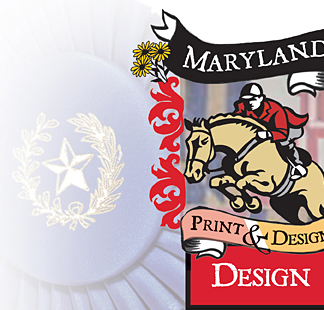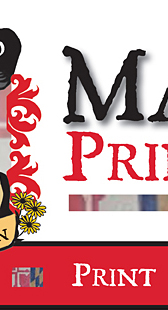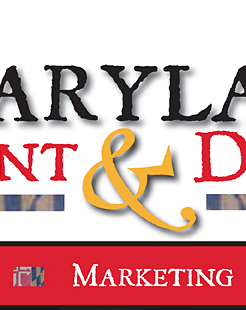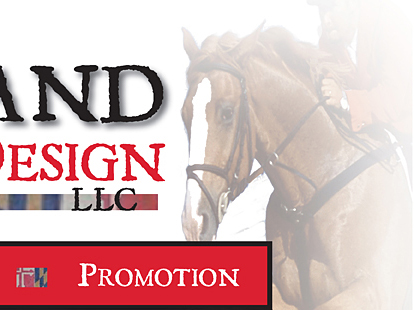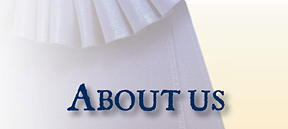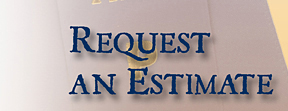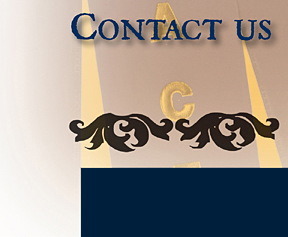|
At Maryland Print and Design, we want to help you every step of the way with your project. Do you have some technical questions? Please free to review the topics below to get a quick answer to some very common printing and design issues facing business professionals today.
Remember, you can always give us a call with any questions at 888-619-5545, or click here to allow us to contact you and assist with a solution.
What is offset printing?
When your main goal is the ultimate in quality and consistency in your printed pieces, offset printing is the best option. It is also the most cost-effective choice when producing large quantities.
Simply, offset printing or lithography is the process when a printed piece is produced on an offset printing press, either sheetfed (when individual sheets of paper are fed through) or web (when paper is loaded on a large roll for mass-production.)
What is digital printing?
Digital printing utilizes a state-of-the-art high speed digital color copier to provide a solutions-based printing strategy, focused on short runs and quick turn around.
What is variable data marketing and on-demand printing?
Variable-data printing (VDP) (also known as variable-information printing (VIP or VI) is a form of on-demand printing in which elements such as text, graphics and images may be changed from one printed piece to the next, without stopping or slowing down the printing process and using information from a database or external file. For example, a set of personalized letters, each with the same basic layout, can be printed with a different name and address on each letter. Variable data printing is mainly used for direct marketing, customer relationship management, advertising and invoicing on self-mailers, brochures or postcard campaigns.
For more information on how your organization could use this exciting new technology, click here to allow us to contact you with the details.
How can I get my files to you?
We have a convenient and easy online file transfer (FTP) site, send your files to us on CD or zip disk, or you are always welcome to call us for a free pickup in the Maryland/Washington, DC/Virginia Area.
Click here to upload your file.
Can I send you a PDF file?
Absolutely! This is the optimal file format for ease of use and maximum quality. For tips on optimizing your file to produce the best possible finished piece, please see our recommendations on our FTP site when you are ready to send your file.
What design applications do you accept?
We accept a whole range of programs including Adobe InDesign, QuarkXpress, Adobe Photoshop, Adobe Illustrator, Freehand, CorelDraw, Microsoft Publisher and Microsoft Word.
Worried the program you are working in may not output well? Call or email us for help or ideas on making the process go as smoothly as possible for you.
What should I know about file formats?
We accept TIFF, PDF, JPEG, PSD and EPS file types as well as original native document from the applications mentioned above. Often a PDF that has not been downsampled, or whose image resolution is not reduced by the original layout program are the easiest and quickest way to send us your file--we recommend PDF x1a for the best results. This format combines the best color management and font management and produces the least possibility of error.
Don’t hesitate to give us a call at 888-619-5545 to see if we can help with the output of a file you are currently working with.
What should I know about image resolution?
Image resolution is what dictates the quality or sharpness of the final printed piece. Photos or other bitmap image, like those made with Photoshop, should be set at a minimum of 300 dpi or 300 dots per inch.
Why does my printed piece look different from my computer image?
Printed items require a higher resolution than items viewed on your computer screen, since computers are only able to display 72 dpi on screen, so a 72 dpi image may look okay when viewed at 100% on your monitor but will print fuzzy. When zoomed in at 200% or higher, a picture that is displayed with 300 dpi will look sharper than a picture displayed with 72 dpi.
Enlarging an image will lower the resolution while reducing an image will increase the resolution. Enlarging an image in a layout program is not recommended. Images less than 300 dpi could reproduce poorly looking fuzzy or pixilated. Images from the Internet are not recommended as most images on the web are 72 dpi and will appear fuzzy or pixilated. An unfavorable image cannot be resaved as a different type of file. For example, you cannot achieve better quality by opening a gif file in Photoshop and resave it as and EPS format.
What is RGB?
RGB stands for Red, Green and Blue. These colors are used for digital cameras, scanners, computer monitors and T.V. screens. When combined, RGB creates white as they are the additive colors of light. This causes a difference in how your image will appear from your screen to the final printed piece. Therefore, any full color image that is printed on a printing press must be converted to CMYK.
What is CMYK?
CMYK stands for Cyan, Magenta, Yellow and Black and are used in the printing process. Printing with these four colors is often referred to as full color or 4-color printing. CMYK are subtractive colors and create black when combined. This causes a difference in how your image will appear from your screen to the final printed piece. Therefore, any full color image that is printed on a printing press must be converted to CMYK.
What are PMS colors?
PMS stands for Pantone Matching System, the printing industry’s standard color matching system for the inks used on offset presses. They are specialized colors that have a beautifully rich depth. By using this uniform matching system, your corporate colors can be kept consistent on virtually any offset printed piece.
When you look to produce a full color/4-color offset piece and you would like to include your firm’s PMS colors, you may want to check with us for help with converting those colors to the CMYK format (see above). Many PMS colors can be matched very closely using screen builds, or certain percentages of each of the 4 colors (Cyan, Magenta, Yellow, Black). However, some PMSs can only be emulated to a point where it may be better for us to work with you on another complementary color, that would blend with your organization’s overall color palette.
What is a bleed?
Anytime you would like any part of your printed image to run to the very edge of the piece, it is called a bleed. A full bleed is when all 4 sides of your piece have such images. In order to consistently reproduce a bleed, your printed piece is run on a larger sheet and cut down to produce a perfect unbroken image that truly “bleeds off” the edge.
If you have designed a piece with any bleeds, please check our tips section on our FTP site as you are preparing to upload your file.
Can I use images from the Internet for my printed pieces?
Images from the Internet or web sites are generally 72 dpi and in a GIF or JPEG format. These files usually do not provide a good quality image for printing.
Why does my logo print poorly/appear fuzzy?
Oftentimes, many corporate logos have been scanned again and again, saved at low-resolution, and reproduced as bitmapped images, which are composed of tiny building blocks called pixels. While bitmapped images are useful if you want to achieve a photographic-quality image with certain color gradients, the pixilated structure greatly diminishes the sharpness and retention of detail in text or solid shapes when printed.
But don’t worry—we can help! Maryland Print and Design can take your current logo and create a vectorized version for you. (See below.)
What is vectorizing?
Vectorized art is composed of solid lines and curves which produce the highest quality output. We have an in-house graphic design studio that specializes in corporate logo development. This means we can take your existing file and work efficiently in programs like Adobe Illustrator to recreate a vectorized version that is large, bright, bold and hi-resolution—perfectly adaptable for use on any of your printed materials or online applications.
We can even enhance an older logo to make it more current to today’s color and style trends. This evolution can be done in a way that allows the new version to complement prior signage or materials, while reaping great benefits for your organization through a fresh, renewed image when spotlighted on your website or new promotional pieces.
Why can’t I open or use a file sent to me by another marketing professional?
The inability to open or print a file properly could be due to one of many factors:
• A Mac file has been sent to you from a designer, and you work on a PC.
• You don’t have the software program that a particular layout file is provided in.
• You use an older operating system or software version that does not allow you to open the file.
In any case, we can help! Our full-service design studio is cross platform (works with both Macs and PCs), and we can either guide you through this process, or we can convert your file to a format that everyone on your team may easily use.
I don’t have time to design this important marketing piece, but my budget is limited. Can you help?
You may be surprised how reasonably priced and yet how very beneficial our design and file formatting services can be for your organization.
When starting a particular project, don’t forget to factor in how precious your time is! Ask yourself how long it would take you to design and layout your piece, and how time-consuming file formatting headaches can end up being.
We offer package pricing that takes into account the necessary rounds of revisions you and your team members may need, and we pride ourselves on discovering ways to maximize your value with every project.
Feel free to give us a call at 888-619-5545 to explore some options, or allow us to contact you with the specifics by clicking here.
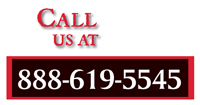 |
